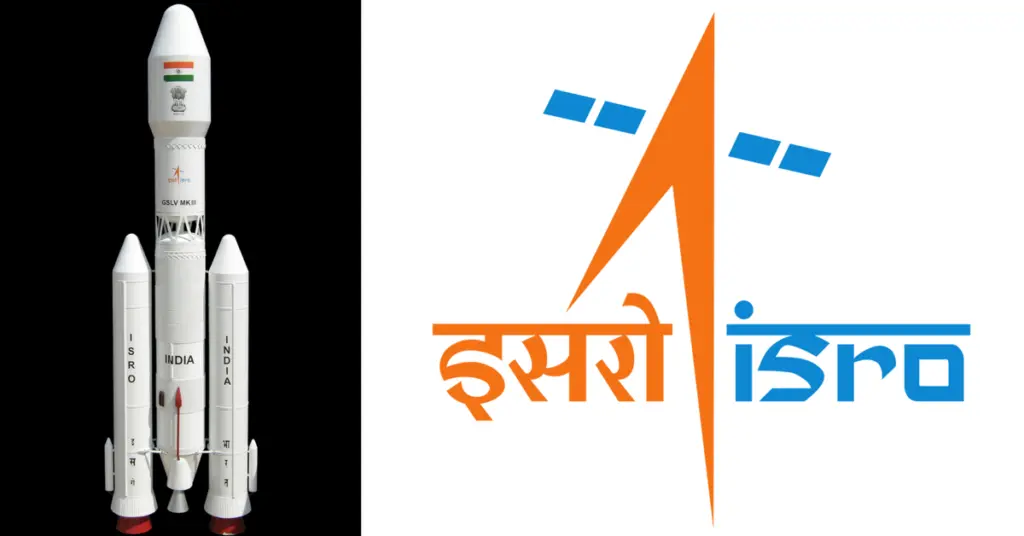
ISRO Aims for Moon Landing Milestone First Indian Manned Mission by 2040 The Indian Space Research Organisation (ISRO) is setting its sights on an ambitious lunar mission, with plans to send its first crewed expedition to the Moon by the year 2040. This endeavor represents a significant leap forward for India’s space exploration efforts and places it in a race alongside global superpowers, including the United States and China.
In August, India achieved a momentous milestone when it became the first country to successfully land a spacecraft near the Moon’s south pole. This historic mission, named Chandrayaan-2, was a significant demonstration of ISRO’s capabilities in lunar exploration and marked a giant stride towards realizing the dream of sending Indian astronauts to the Moon.
The United States, with its storied history in lunar exploration, is gearing up for its own lunar mission. NASA, in collaboration with commercial partners, is planning to send humans to explore the lunar surface in the latter part of this decade. Their Artemis program aims to return humans to the Moon and establish a sustainable presence there.
China, on the other hand, is not far behind in the race to conquer the lunar surface. The China National Space Administration (CNSA) is actively pursuing its lunar ambitions, with plans to land astronauts on the Moon by 2030. China has demonstrated its lunar exploration prowess with missions such as Chang’e 4, which became the first spacecraft to land on the far side of the Moon.
ISRO’s lunar aspirations are in line with India’s broader goals of expanding its space exploration efforts and contributing to scientific and technological advancements. The proposed crewed lunar mission represents a significant endeavor that will require extensive planning, advanced technology, and international collaboration.
To achieve this momentous feat, ISRO will need to address a multitude of challenges, including the development of spacecraft capable of safely transporting astronauts to the Moon, the establishment of life support systems, and the creation of secure landing and takeoff procedures.
Moreover, international cooperation is likely to play a crucial role in making India’s crewed lunar mission a reality. Collaborations with other space agencies, such as NASA and CNSA, may provide valuable expertise, resources, and shared goals in the quest to establish a human presence on the Moon.
In conclusion, ISRO’s vision to send Indian astronauts to the Moon by 2040 is an ambitious and exciting endeavor that underscores India’s commitment to space exploration. As India joins the ranks of nations racing to conquer the lunar surface, the world will be watching closely as the country takes bold strides toward expanding human knowledge and capabilities beyond Earth’s boundaries. This lunar mission could not only elevate India’s status in the global space community but also contribute to the broader understanding of our nearest celestial neighbor.






